THE DUKE STEALS HEARTS & OTHER BODY PARTS
Aulkendale City, known as “the Sore of the Southern Continent,” is home to drinking establishments, wealthy nobles, and a red tent community of vagrants and outcasts. Phyllis, who later goes by Phillip, has an uncanny, unexplained ability to snatch people’s body parts without killing them. The angsty 17-year-old usually runs around with Lucent, a nearly-400-year-old grifter, haunted by the death of his sister, who stays alive by stealing the life force of others. Adeline, a dancer at the Bourbon Rose, has been kidnapped and gruesomely murdered (but later reanimated); her brother, Wycliff, also 17, is desperate to know what happened to her. The story—told through the first person in the case of Phillip and the third person for other point-of-view characters—has stakes that are complex and convoluted. The cast members’ emotional motivations, Phillip’s especially, are directly explained to readers rather than revealed through more intriguing or satisfying means, and the casual approach to worldbuilding makes it difficult to remain fully immersed in the world. The characters’ skin is various shades of white (Phillip and Adeline) and brown (Wycliff and Lucent) that don’t seem to map onto any real-world racialized categories. Phillip’s gender transition is realized through the fantasy world’s magical means rather than referencing existing trans and queer communities or language; certain of his character traits may cue neurodivergence to some readers.


Aulkendale City, known as “the Sore of the Southern Continent,” is home to drinking establishments, wealthy nobles, and a red tent community of vagrants and outcasts. Phyllis, who later goes by Phillip, has an uncanny, unexplained ability to snatch people’s body parts without killing them. The angsty 17-year-old usually runs around with Lucent, a nearly-400-year-old grifter, haunted by the death of his sister, who stays alive by stealing the life force of others. Adeline, a dancer at the Bourbon Rose, has been kidnapped and gruesomely murdered (but later reanimated); her brother, Wycliff, also 17, is desperate to know what happened to her. The story—told through the first person in the case of Phillip and the third person for other point-of-view characters—has stakes that are complex and convoluted. The cast members’ emotional motivations, Phillip’s especially, are directly explained to readers rather than revealed through more intriguing or satisfying means, and the casual approach to worldbuilding makes it difficult to remain fully immersed in the world. The characters’ skin is various shades of white (Phillip and Adeline) and brown (Wycliff and Lucent) that don’t seem to map onto any real-world racialized categories. Phillip’s gender transition is realized through the fantasy world’s magical means rather than referencing existing trans and queer communities or language; certain of his character traits may cue neurodivergence to some readers.


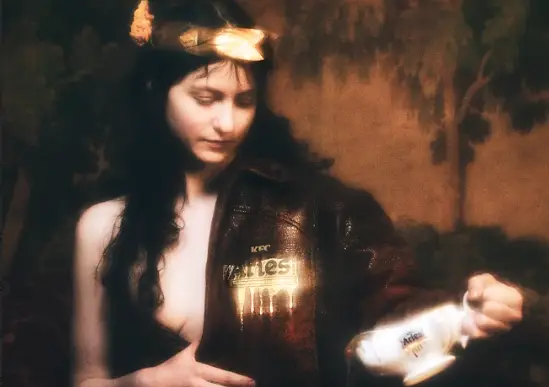
























![How To Launch, Grow, and Scale a Community That Supports Your Brand [MozCon 2025 Speaker Series]](https://moz.com/images/blog/banners/Mozcon2025_SpeakerBlogHeader_1180x400_Areej-abuali_London.png?auto=compress,format&fit=crop&dm=1747732165&s=beb7825c980a8c74f9a756ec91c8d68b#)
![Clicks Don’t Pay the Bills: Use This Audit Framework To Prove Content Revenue [Mozcon 2025 Speaker Series]](https://moz.com/images/blog/banners/Mozcon2025_SpeakerBlogHeader_1180x400_Hellen_London.png?auto=compress,format&fit=crop&dm=1747758249&s=9f3c5b1b7421f862beace1cb513053bb#)
![How To Create an Integrated Strategy That Increases Brand Mentions and Visibility [Mozcon 2025 Speaker Series]](https://moz.com/images/blog/banners/Mozcon2025_SpeakerBlogHeader_1180x400_JamesH_London.png?auto=compress,format&fit=crop&dm=1747780409&s=9bf9f0a2623b4a8be6eaf8f235115505#)

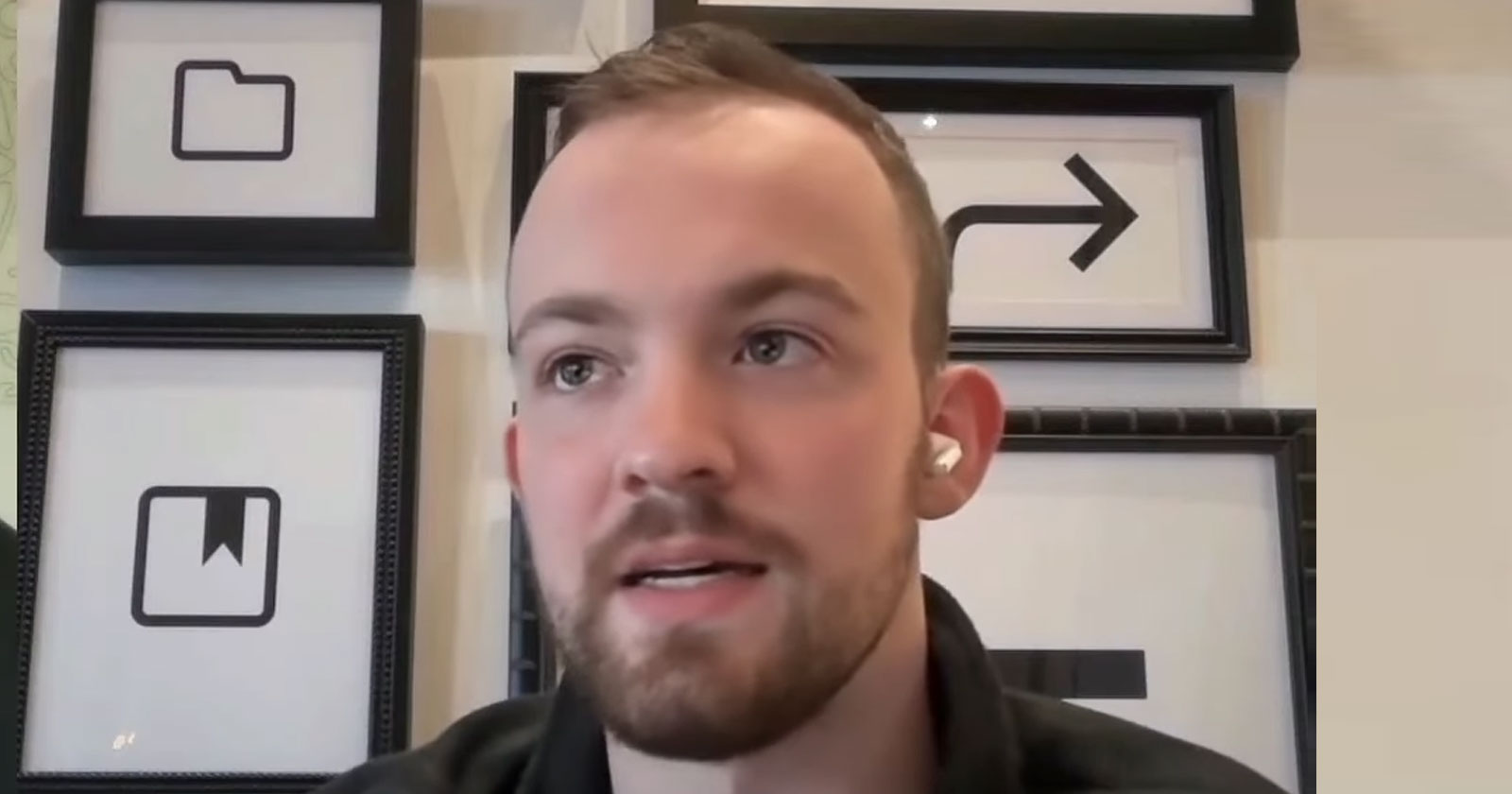





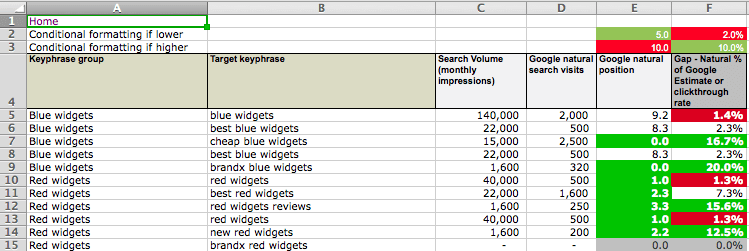
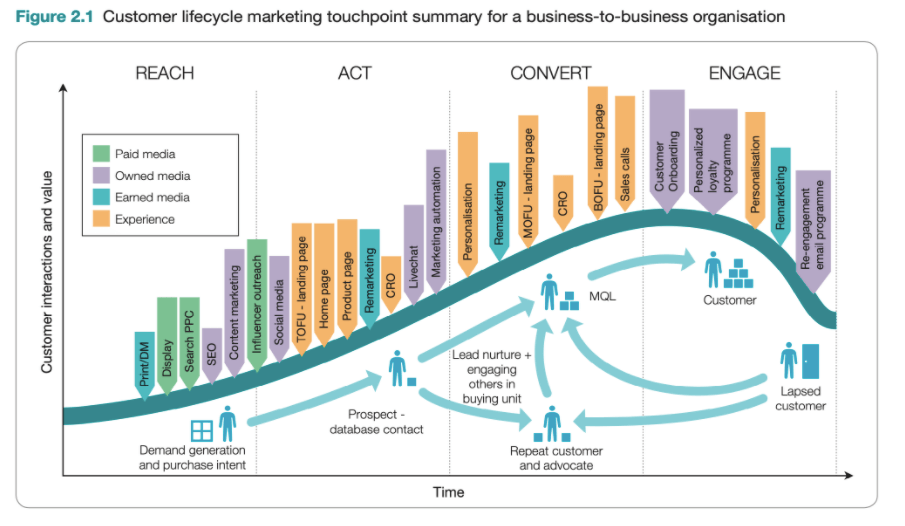











![The 11 Best Landing Page Builder Software Tools [2025]](https://www.growthmarketingpro.com/wp-content/uploads/2024/04/best-landing-page-software-hero-image-1024x618.png?#)


















































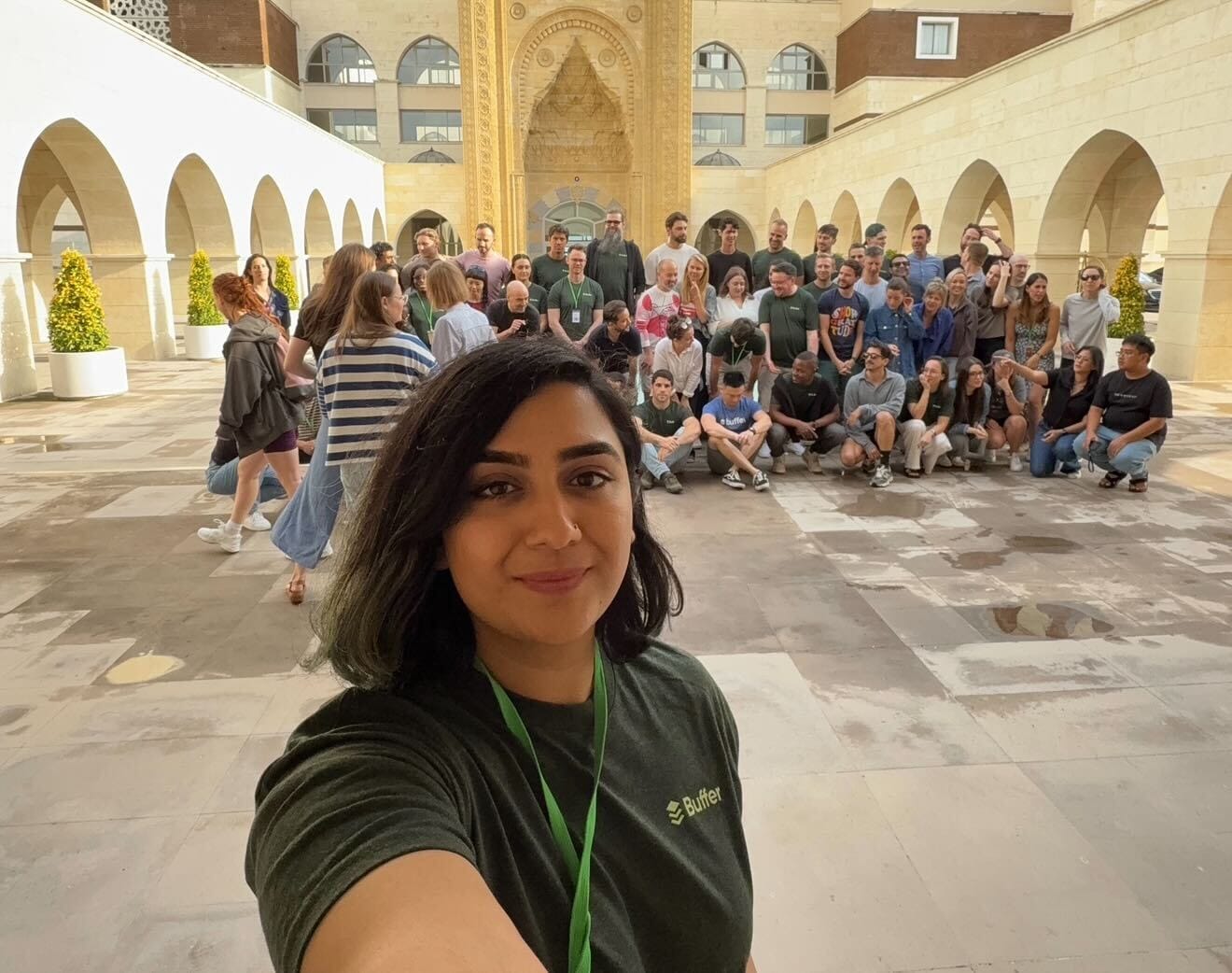

![41 Instagram features, hacks, & tips everyone should know about [new data]](https://www.hubspot.com/hubfs/Instagram-hacks-1-20240916-2633447.webp)








![Social media image sizes for all networks [June 2025]](https://blog.hootsuite.com/wp-content/uploads/2023/01/Social-Media-Image-Sizes-2023.png)
























